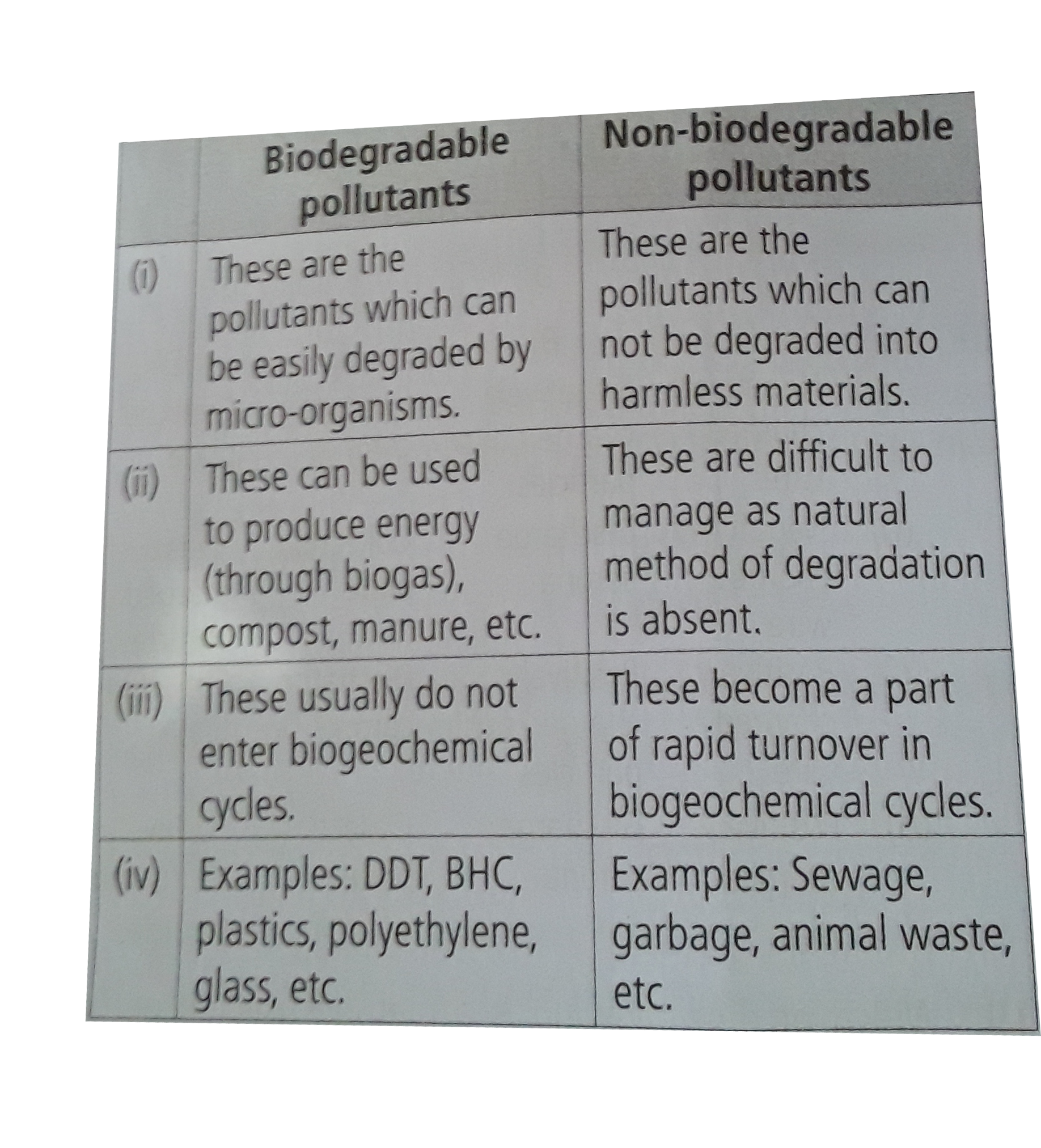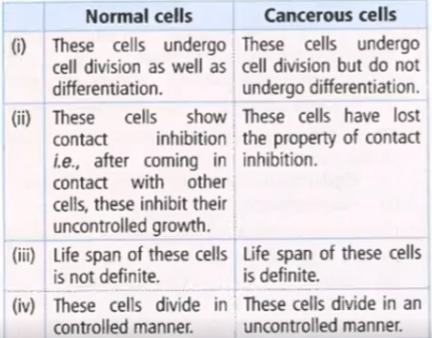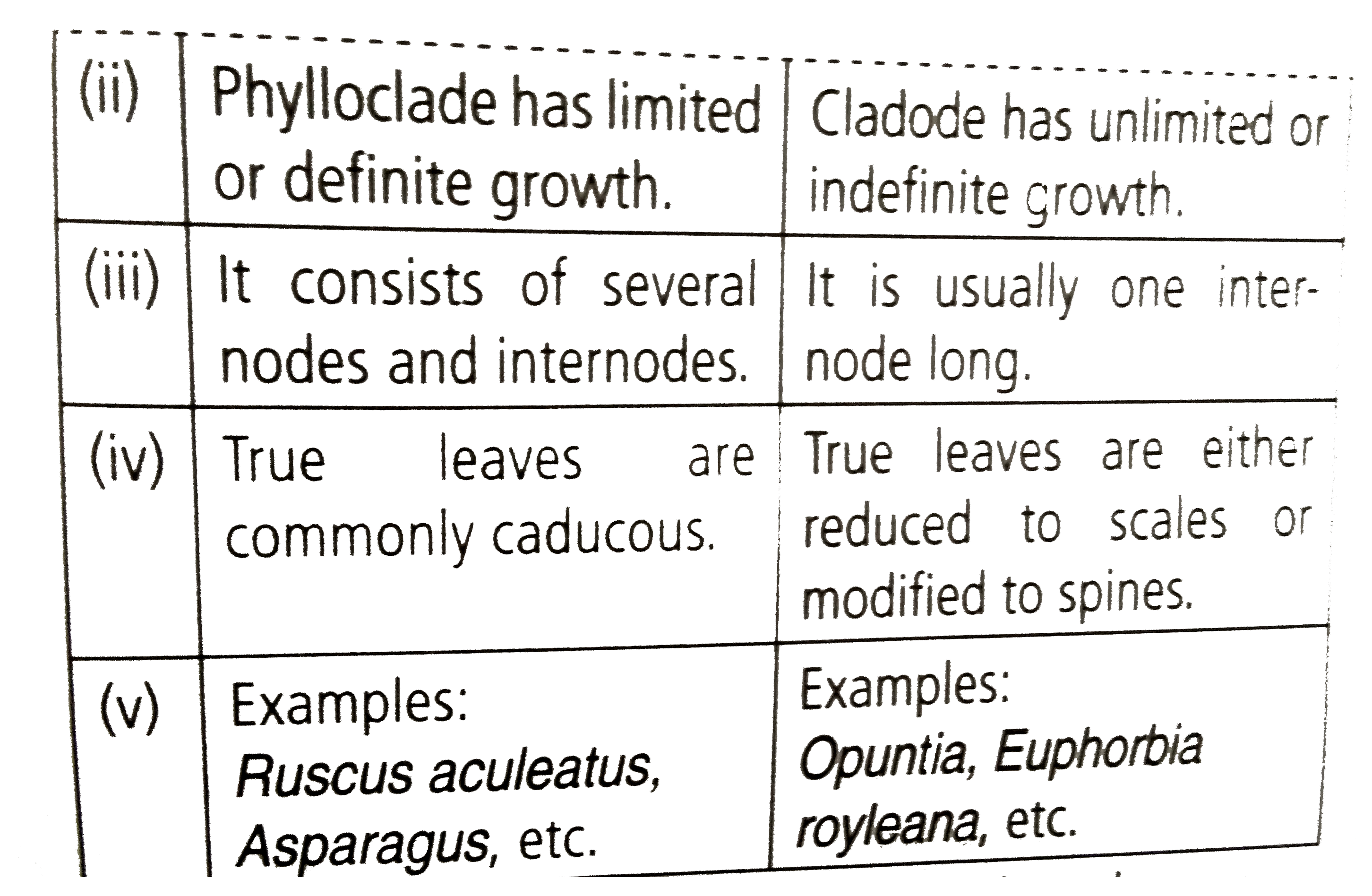The following table summarises the differences between biodegradable and non-biodegradable pollutants. Pick out the wrong diggerences and select the correct answer.

A
(i) and (iv)
B
(ii) and (iv)
C
(iii) and (iv)
D
(ii), (iii) and (iv)
Video Solution
Text Solution
The correct Answer is:C
Biodegradable pollutants become part of rapid turnover in biogechemical cycles. The examples of biodegradable pollutants are sewage, garbage, animal waste and livestock. Most non-biodegradable pollutants do not enter biogeochemical cycle e.g., DDT, BHC, plastics, polyethylene, cans, glass, etc.
|
Updated on:21/07/2023
Topper's Solved these Questions
Similar Questions
Knowledge Check
- Question 1 - Select One
Following table summarises the differences between normal cells and cancerous cells. Pick up the wrong difference (s) and select the select the correct option.
 A(i) and (iii)B(iii) and (iv)C(iii) onlyD(ii) only
A(i) and (iii)B(iii) and (iv)C(iii) onlyD(ii) only - Question 2 - Select One
Following table summarises the differences between self-fertilisation and cross-fertilisation. Pick out the wrong difference.
ASelf-fertilisationCross-fertilisation It is uniparental.It is biparental.BSelf-fertilisationCross-fertilisation It involves the fusion of male and female gametes of the same parent.It involves the fusion of two gametes produces by different parents.CSelf-fertilisationCross-fertilisationExamples : Pheretima, PeriplanetaExamples : Taenia, Rana tigrinaDNone of the above. - Question 3 - Select One
Non-biodegradable pollutants are created by
AnatureBexcessive use of resourcesChumansDnatural disasters.
Differentiate between biodegradable and non-biodegradable substances.
Give examples.View SolutionNon-biodegradable pollutants are created by
View SolutionNon-biodegradable pollutants are created by
View SolutionMatch the following and select the correct answer m
 View Solution
View SolutionFollowing table summerises the comparisions between phylloclades and cladodes (cladophylls).


Pick up the wrong differences and select the correct optionView Solution

